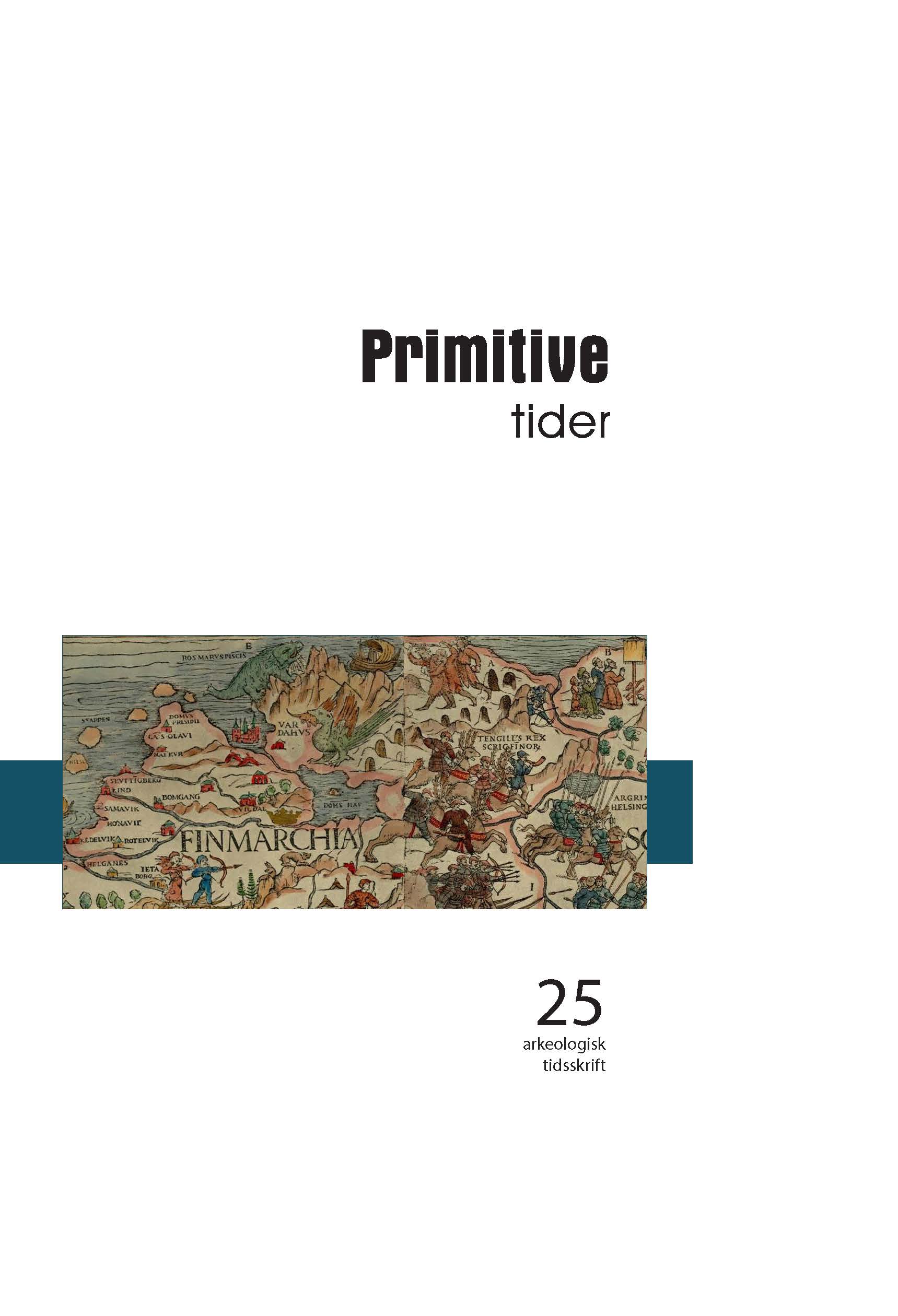Fordeling av steinalderens løsfunn og boplassfunn i Vestland
Kontraster og konsekvenser for forskning og forvaltning
DOI:
https://doi.org/10.5617/pt.10824Abstract
Stone Age stray finds have been delivered to the University Museum of Bergen since its establishment in 1825 and, today, more than 3000 artifacts are part of the collections from Vestland county. Traditionally considered important data for research, recent years suggest that their relevance is diminishing, partly because of heterogeneous and outdated classifications, inadequate georeferencing, and an ever-growing body of surveys and excavations led by the cultural heritage management (CHM) sector. However, because they are found by non-professionals, stray finds represent a sample unbiased by archaeological priorities and thus in this presentation we argue that they still have a significant role to play. During a collaborative project, Mesolithic and Neolithic stray finds in Vestland county have been reclassified, dated and georeferenced, and the result is presented together with the spatial distribution of surveyed/excavated residential sites from these main periods. The two datasets are compared horizontally (coast-to-fjord) and vertically (shorebound-to-hinterland). The results demonstrate marked differences between the distribution of stray-finds and the residential sites in Vestland county, and the discussion considers why this is the case. Important obvious issues are source critical considerations, and this article entertains the possibility that stray-finds reflect different ways of utilizing the landscape otherwise invisible by archaeological CHM surveys and excavations.
Downloads
Published
Issue
Section
License
Articles from 2021 is licensed under the Creative Commons Attribution 4.0 International.
© CC BY-NC (2014–2020)
Articles between 2014 and 2020 is licensed under the Creative Commons Attribution-NonCommercial 4.0 International.
© Author(s) (1998–2013)
Articles between 1999 and 2013 is protected by copyright law. Without explicit authorisation, reproduction is only allowed in so far as it is permitted by law or by agreement with a collecting society.


